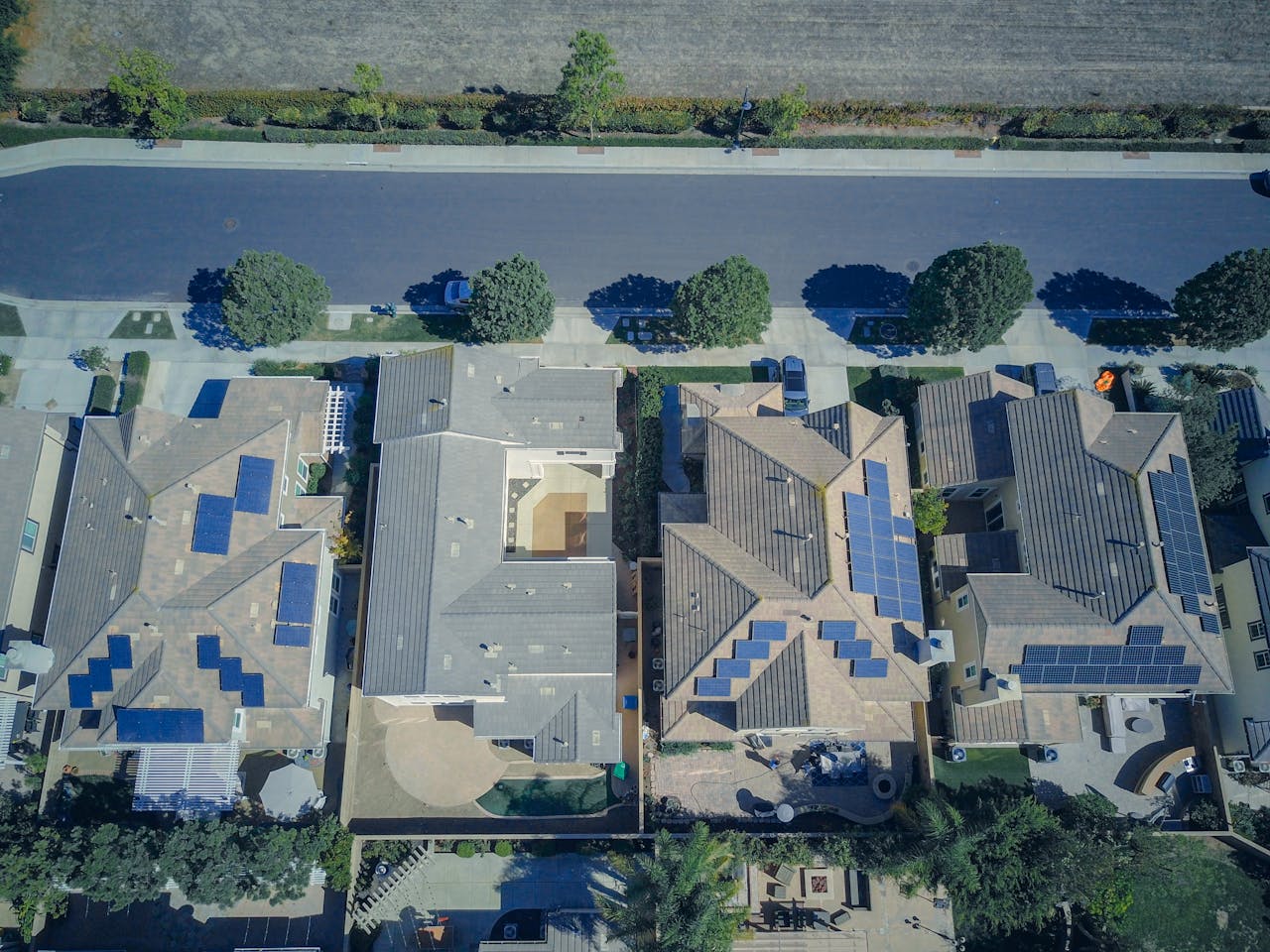When we talk about “renewable energy,” most people think of solar panels or wind turbines. But in 2025, clean energy has quietly expanded into every aspect of daily life and industry—from the cars we drive and the buildings we live in, to how we grow food and power data centers.
This article explores how renewable energy is truly reshaping our world. Some of these applications might already be part of your daily routine without you even realizing it.
1. Transportation: EVs Are the New Normal, Not a Trend
In 2025, electric vehicles (EVs) account for over 45% of new car sales in the U.S., and 43% in the U.K. New models are mostly electric or plug-in hybrid. And it’s not just about passenger cars:
- Electric buses and light rail are widespread—Los Angeles, for instance, has electrified 90% of its bus fleet.
- Hydrogen-powered trucks are in use for long-haul freight in Europe (e.g., Nikola, Hyundai XCIENT).
- Shared mobility services like Uber and Lyft are rolling out all-electric fleets in major cities.
- Micro-mobility options like e-scooters and e-bikes are now standard for last-mile travel.
2. Homes and Buildings: From Energy Consumers to Energy Producers
In both the U.S. and Europe, building design is shifting toward carbon neutrality. By 2025, over 58% of new single-family homes in the U.S. include solar power systems.
Key applications of renewable energy in buildings include:
- Rooftop solar + home batteries: powering homes and even selling excess electricity back to the grid.
- Geothermal heating and cooling: already used in over 90% of Icelandic homes and gaining traction in the U.S.
- V2G (vehicle-to-grid) technology: allowing EVs to return power to homes or the grid when not in use.
- Passive design and materials: enabling homes to maintain comfort while using less energy.
3. Agriculture: Low-Carbon and Smarter Farming
Agriculture is no longer “at the mercy of nature.” In 2025, more than 30% of farm irrigation systems in Germany are solar-powered.
Other common renewable energy uses in agriculture:
- Solar greenhouse materials that generate electricity and regulate light.
- Biogas systems that convert animal waste into heat and power—widespread in Germany and the Netherlands.
- Wind-powered irrigation in remote areas of the American West.
- Electric tractors like John Deere’s battery-powered models are being piloted across Europe and the U.S.
4. Industry: The Green Revolution Hits Heavy Manufacturing
Traditionally high in emissions, industries are turning green. In 2025, more than 40% of large U.S. and EU factories are adopting renewable energy technologies:
- Green hydrogen for steelmaking and chemical production (e.g., Sweden’s HYBRIT).
- Solar thermal energy for low-temperature processes in food and textile industries.
- Carbon capture and green-powered plants for cement and glass manufacturing.
While upfront costs are high, carbon taxes and green finance incentives are making these investments more viable.
5. Data Centers and AI Infrastructure: A Power-Hungry Sector Turns Green
Don’t underestimate the power usage of data centers—they now consume nearly 4.7% of the world’s electricity. In 2025, many tech giants are turning to clean energy:
- Google and Microsoft aim for 100% carbon-free energy by 2030; they’ve already hit 80% in 2025.
- AI data centers use solar-powered liquid cooling systems.
- Green cloud platforms are a key decision factor for businesses.
6. Aerospace and Shipping: The Next Frontier for Renewable Energy
While still emerging, clean energy is making headway in aviation and marine transport:
- Short-range electric aircraft have completed successful test flights (e.g., Heart Aerospace plans to launch a 19-seat plane by 2028).
- Hydrogen-fueled cargo ships are being tested in EU-funded pilot programs.
- Sustainable Aviation Fuel (SAF) is already in use for blending with traditional jet fuels.
These changes won’t happen overnight, but the shift has begun.
7. Off-Grid and Emergency Uses: Power Where It’s Needed Most
- Mobile solar-powered trucks provide electricity in disaster zones and outdoor events.
- Remote villages in Africa and South America now use solar kits for lighting and phone charging.
- Military drones and field gear now rely on lightweight renewable power units deployed by the U.S. Department of Defense.
Summary: The Reach of Renewable Energy Is Wider Than You Think
Renewable energy is no longer a niche or optional part of life—it’s becoming the backbone of modern systems across cities, industries, and homes. As the tech matures and costs fall, expect clean energy to power even more aspects of your daily routine—perhaps from the sunlight hitting your roof or the wind brushing past your office tower.
FAQ: Renewable Energy Applications in 2025
Q1: Is renewable energy only used for generating electricity?
A1: No, it’s far more versatile. In 2025, renewable energy is powering transportation, buildings, agriculture, and even AI data centers. It’s also used in industrial heating, cooling systems, and off-grid emergency support.
Q2: What are the most common renewable energy sources in daily life?
A2: The most widespread are solar power (for rooftops and water heating), wind energy (especially in Europe), geothermal systems (for heating/cooling), and bioenergy (from organic waste). Many homes and offices now combine multiple sources for efficiency.
Q3: How are industries using renewable energy in 2025?
A3: Manufacturing sectors are adopting green hydrogen for steel production, solar thermal for food processing, and renewable electricity for running plants. Many are also investing in carbon capture and smart energy storage systems.
Q4: Can renewable energy power electric vehicles (EVs) efficiently?
A4: Absolutely. EVs charged from solar or wind power significantly reduce lifecycle emissions. Some households even use solar panels and V2G (vehicle-to-grid) tech to charge and discharge EVs intelligently.
Q5: Is renewable energy reliable for emergency or off-grid scenarios?
A5: Yes. Portable solar kits, mobile green power trucks, and renewable-powered drones are increasingly used in disaster response, military operations, and rural electrification. They provide stable, emission-free energy where grids are unavailable.



